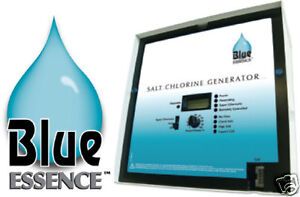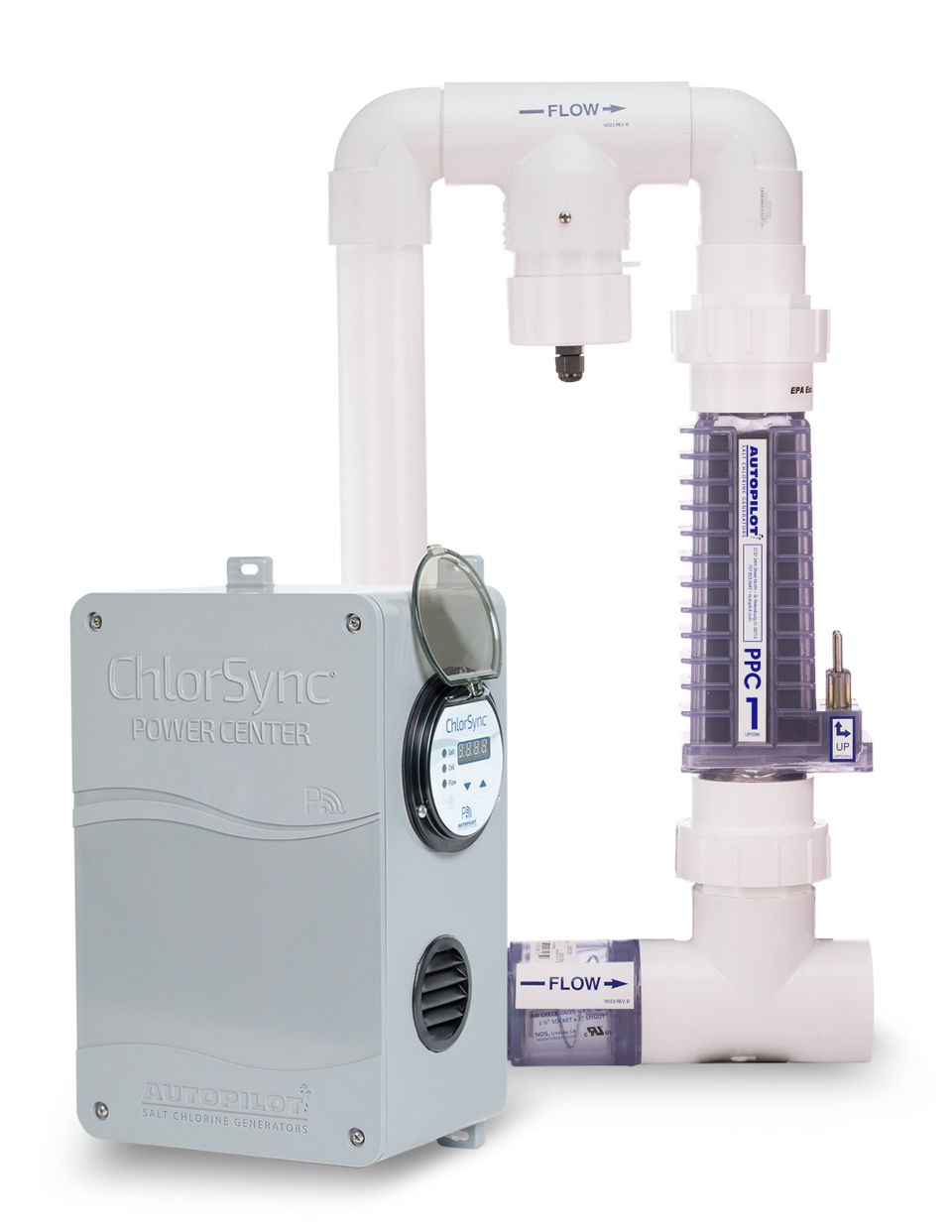Salt Systems vs Regular Chlorine
The difference between using a
salt system versus
regular chlorine in an above-ground vinyl liner pool comes down to how the chlorine is introduced into the water and how it affects maintenance, comfort, and costs. Here’s a breakdown:
1. Chlorine (Traditional) System
-
How It Works: You manually add chlorine to the pool using tablets, granules, or liquid.
-
Chlorine Levels: Must be monitored and adjusted regularly.
-
Maintenance: Requires frequent additions of chlorine and balancing of pH and alkalinity.
-
Cost: Lower initial cost but higher long-term cost due to regular chlorine purchases.
-
Effect on Water: Can lead to harsh water conditions, stronger chlorine smell, and possible irritation to skin and eyes.
-
Impact on Vinyl Liner: If not properly dissolved or added incorrectly, chlorine can cause liner fading or damage.
2. Saltwater System
-
How It Works: A salt chlorine generator (salt cell) converts salt into chlorine through electrolysis, maintaining a steady chlorine level.
-
Chlorine Levels: More consistent, requiring less manual adjustment.
-
Maintenance: Lower maintenance—only occasional salt and cell cleaning needed.
-
Cost: Higher upfront cost (salt system installation), but lower ongoing costs as salt is cheaper than chlorine.
-
Effect on Water: Softer, less irritating to skin and eyes, with minimal chlorine smell.
-
Impact on Vinyl Liner: Generally gentler on the liner, but high salt levels can accelerate metal corrosion in ladders, rails, and other fixtures.
Which is Better for an Above-Ground Vinyl Pool?
-
If you want lower maintenance and softer water, a salt system is a great choice.
-
If you prefer a lower upfront cost and don’t mind more frequent maintenance, regular chlorine may work better.
Both systems will effectively sanitize your pool, but a
saltwater system offers a more automated and comfortable swimming experience while traditional chlorine gives you more manual control and a lower initial investment.




